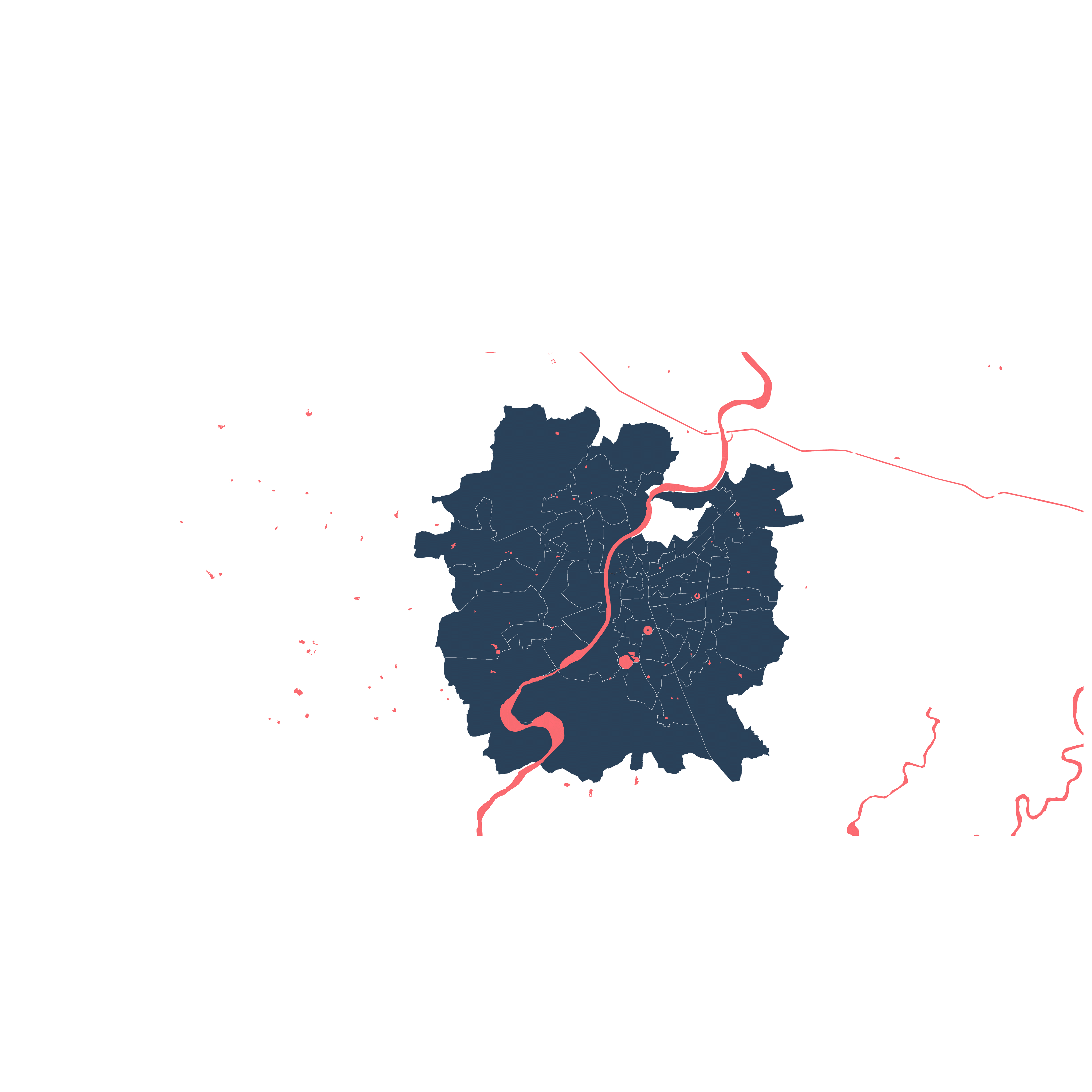Simultaneous Stories So Far...
Urban Assemblies: the vacancy Phenomenon
Greenbelt of Ahmedabad
Planning process byproduct

Story so far

Urban Assemblies 3.0
the Vacancy Phenomenon
AHMEDABAD
Studio Brief
Indian cities are in a constant state of flux. Rapid urbanization not only produces the built environment but also the condition of vacancy - lands that are undifferentiated, loosely regulated and waiting to be remonetized. As a condition that arises from the same phenomenon that creates order in the city, these vacant lands, pending a definite plan, provide space for expression. They are often surreptitiously transformed into spaces of informal social and cultural expression, supplementing the dearth of publicly accessible commons in the city. (Cricket! Driving Practice! Festivals!)
As spaces in developmental limbo, they provide a necessary alternative to inequitable space distribution in a city whose public spaces are poorly understood. As places waiting to happen, the condition is temporary. When the planned purpose arrives, the activated space is replaced, and actors must move. Over time this condition repeats across varied terrains of the city - new vacant lands emerge from massive industry closures, changing environmental regulations, leapfrogging development and political will, while older ones disappear as the disputes surrounding them resolve.
When mapped across time, vacancy is a phenomenon; one which holds potential for radical re-imaginations of collective space in the city. For us as urban designers, it is an important opening to participate in the debate on the urban commons and urban public space.
This studio takes a long view of urban transformations, mapping the emergence, life and disappearance of vacant land systems in Ahmedabad over the course of the city’s history. Through a design process organised on a timescale that moves from centuries to decades to years, the project’s permanence is imagined in reverse and the transformative potential of vacant land system is tested.
Design Studio: L3 BUD Studio, Spring Semester 2021, CEPT University
Tutors: Melissa Smith, Bulbul Vyas Teaching Associate: Sampurna Pattanaik
Stories So Far...
In the first module, we investigate how & why vacant sites have emerged across the city, at different periods of time, by looking at four vacancy-instigating phenomena in Ahmedabad: institutional land holdings (educational societies), policy failures (the former Greenbelt), industrial collapse (the mill lands), and infrastructural leftover lands (the Riverfront and the railways). These have been mapped across time in order to examine the policies, regulation, and implementation successes or failures through the years, and to investigate which transformations they cause. The Stories So Far situate a critique that will ground the future design direction for each set of sites.
Environmental Recharging
Lopamudra Baruah

The Timelines
We have created timelines of the four vacancy phenomena, situating them in Ahmedabad’s historical context, by identifying the power structures and other processes that cause and transform the condition of vacancy. The timeline combines information from reliable and less reliable sources and speculates to fill the gaps, which is coded into the representation.
The Map
The four phenomena come together in a map that combines the vacant sites arising in each, which are used to strategize the role of the design propositions for the systems of vacancy in the city.
NITYA PATEL
DRASHTI THAKKAR
AMAN SHRIDHARANI
JAIMIN BALI
LOPAMUDRA BARUAH
SAKSHI SHARMA
SHRIYA DHIR
HETANSHU PANDYA
HIMALAY ZAVERI
HEENAL CHAVDA
Stories for the Future
The Manifesto
Drawing together the threads of past investigation, each student articulates their position on a vacancy system through a call to action that establishes their Position, Intent and Strategy.
The Proposition
Using the Manifesto as a guide, each student develops a Story for the Future that jumps between a long term vision, 100 years down the line, and a short term catalyst, the design intervention that might start this piece of the city on a transformative trajectory.



